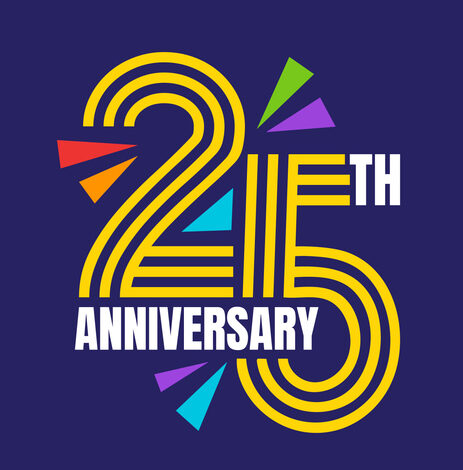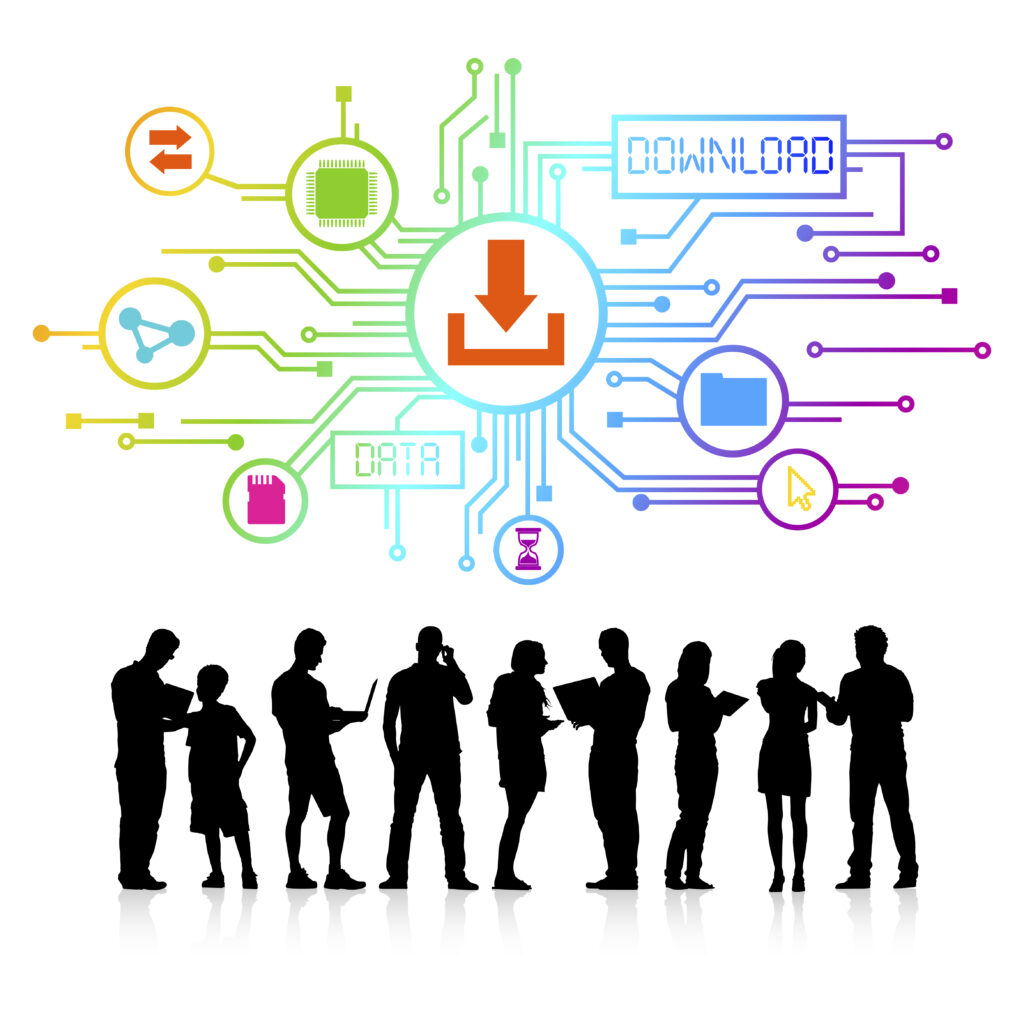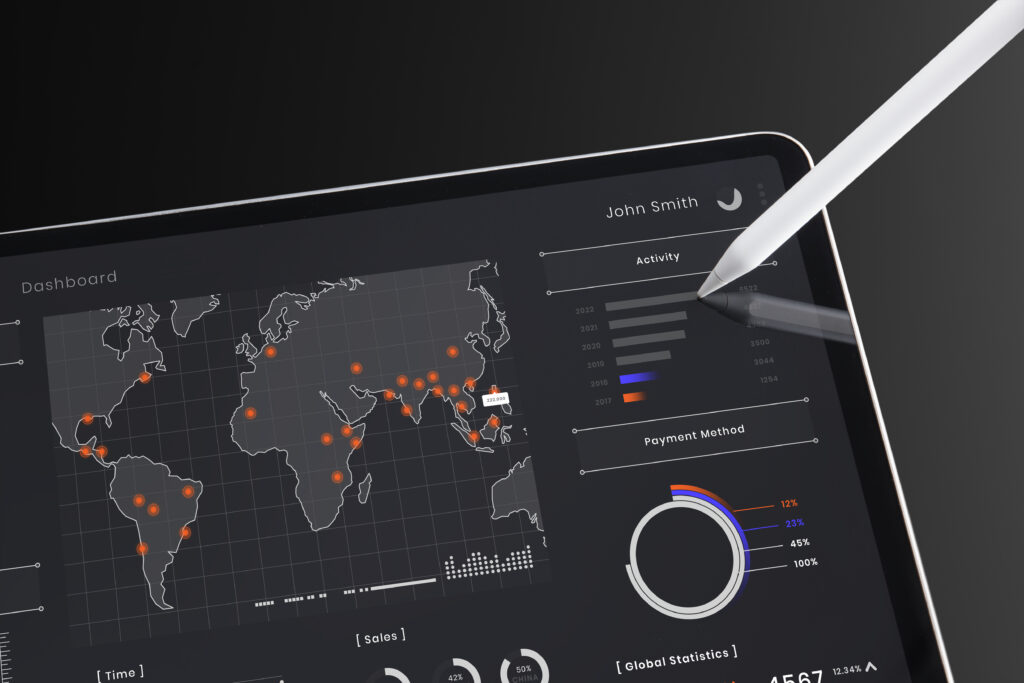A team trying to innovate on outdated infrastructure is like a sprinter running in hiking boots. Every upgrade takes twice the effort, and simple tasks become unnecessarily complex. As organizations expand, they often outgrow the systems they once relied on. Legacy infrastructure, though once dependable, now introduces fragility, limits flexibility, and consumes resources at a growing rate.
Cloud modernization that fixes outdated infrastructure addresses this friction directly. It replaces patchwork solutions with scalable platforms, enables secure integration across systems, and positions IT as a growth engine rather than a cost center.
Aging Infrastructure Isn’t Just Old—It’s Risky
Older systems often do more than slow performance; they create vulnerabilities and stifle progress. Common symptoms include:
-
Increased maintenance hours with declining system performance
-
Recurring outages and data recovery issues
-
Fragmented user experiences across outdated platforms
-
Security exposures due to unsupported software
These aren’t minor annoyances—they’re signs that core systems are misaligned with business needs. Modernization realigns infrastructure with current demands, clearing a path for agility, security, and scalability.
Modernization Means Smart Change, Not Just Change
Replacing aging infrastructure doesn’t mean discarding everything. Effective modernization identifies which components should migrate, be re-engineered, or retired. There are several proven strategies:
-
Rehosting systems in a cloud environment without code changes
-
Refactoring applications to better integrate with modern platforms
-
Replatforming onto newer systems that retain core functionality
-
Replacing legacy solutions with purpose-built, cloud-native alternatives
These options offer flexibility depending on budget, business continuity needs, and application complexity. A one-size-fits-all approach rarely works.
The Weight of Technical Debt
Technical debt refers to the long-term costs of quick fixes and delayed upgrades. These shortcuts may have made sense years ago, but over time, they restrict growth and complicate operations.
Typical signs include:
-
Custom-coded tools with limited documentation
-
Obsolete programming languages no longer supported
-
Internal workflows tied to rigid, outdated software
-
Legacy databases lacking backup or disaster recovery support
IT teams often spend more time maintaining these systems than innovating. By reducing technical debt, cloud modernization liberates time and resources.
Hidden Legacy Systems in Disguise
Cloud software adoption often hides the fact that many underlying processes still run on old systems. A few examples:
-
CRMs connected to outdated database servers
-
Email is hosted in the cloud, but authentication is managed on-premises
-
Mobile tools feeding into legacy ERPs that can’t process data in real-time
These legacy elements create friction in otherwise modern workflows. Cloud modernization addresses this disconnect, improving system-wide integration and responsiveness.
Hybrid Cloud as a Realistic Bridge
A complete cloud migration isn’t always feasible, nor is it always necessary. For many organizations, hybrid cloud environments provide the balance between innovation and compliance. Hybrid strategies allow companies to:
-
Retain sensitive data on-premises due to regulatory requirements
-
Run performance-intensive workloads locally while offloading batch processing to the cloud
-
Phase modernization without disrupting business continuity
This approach gives organizations flexibility while still taking advantage of cloud benefits like elasticity and automation.
Contextual Placement: The sentence “Hybrid strategies allow companies to…” can link to
Title: What Is Hybrid Cloud?
Website: IBM Cloud Learn Hub
Hyperlink: https://www.ibm.com/cloud/learn/hybrid-cloud
A Strategic Framework for Modernization
Modernization isn’t a destination—it’s a progression. Success lies in structure and intent. A strategic approach includes:
Conducting a Comprehensive Audit
Start by mapping every asset: hardware, software, vendors, and dependencies. Identify which components are mission-critical, which are outdated, and where bottlenecks appear.
Aligning Goals with Business Priorities
Modernization should directly support goals like faster product launches, stronger cybersecurity, or better customer service. When IT strategy ties to business objectives, change gains momentum.
Phasing Projects for Measured Impact
Rather than overhaul everything at once, prioritize based on impact. Migrate email and file storage before reengineering ERP systems. Start with contained pilots to validate success.
Preparing Applications for the Cloud
Legacy applications need evaluation. Can they be containerized? Are they dependent on old APIs? Build readiness into future IT decisions to avoid repeating history.
Equipping and Engaging Teams
Technology is only half the equation. Train teams to manage new environments. Update policies, streamline governance, and promote collaboration between IT and business units.
When Delay Turns Into Disruption
Modernization can seem daunting, especially when systems appear to “still work.” But delayed action has consequences:
-
Regulatory gaps due to lack of audit trails or encryption
-
Customer frustration from inconsistent or slow service
-
Team inefficiency due to clunky workflows
-
High dependency on staff who understand outdated systems
Postponing modernization increases both cost and complexity. Every year of delay makes the path forward steeper.
Real Outcomes, Not Just Technical Wins
Organizations often measure modernization success through performance metrics, but cultural and operational improvements matter too:
-
Reduced time-to-deploy for new services
-
Improved uptime and incident response
-
Easier cross-platform integration
-
Greater team autonomy and less reliance on IT gatekeepers
These shifts translate directly into better business agility and customer satisfaction.
Conclusion: A System Built for What’s Next
Cloud modernization that fixes outdated infrastructure isn’t just about replacing hardware or migrating apps. It’s about giving your organization room to evolve. IT becomes a value driver when systems scale effortlessly, updates take minutes, not weekends, and teams focus on strategy over support tickets.
Businesses prepared to modernize deliberately, not reactively, set themselves up for long-term resilience, agility, and growth.





